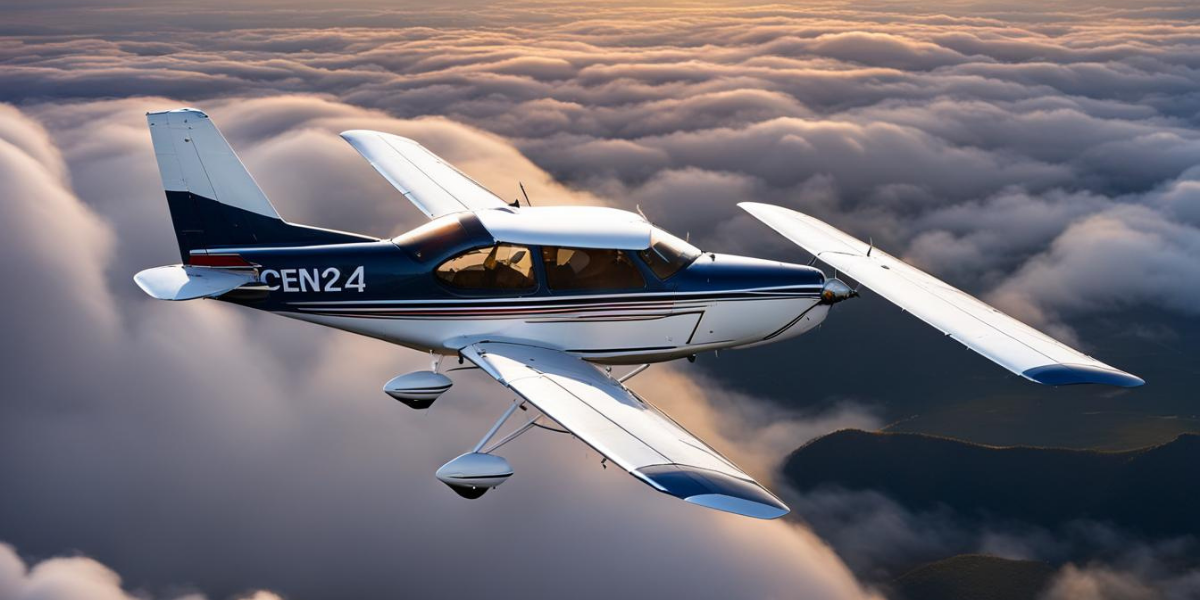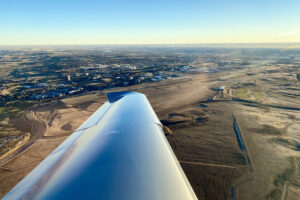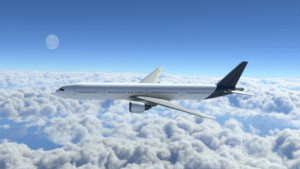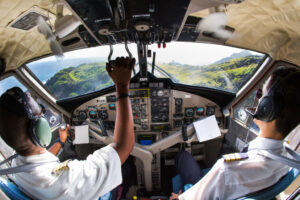The Cessna 172 Skyhawk stands as one of the most iconic and widely used aircraft in general aviation. Renowned for its reliability and versatility, pilots often wonder about its altitude capabilities. Understanding how high a Cessna 172 can fly is crucial for flight planning, safety, and maximizing performance.
How High Can a Cessna 172 Fly? Understanding the Service Ceiling
The Cessna 172 Skyhawk is a popular small aircraft known for its reliability and ease of use. One of the common questions pilots and aviation enthusiasts ask is: how high a Cessna 172 can Fly:
Under standard flying conditions, the service ceiling of a Cessna 172 is around 14,000 feet above sea level. This means the aircraft can safely climb and operate at this altitude during normal flight without overstressing the engine or airframe. However, depending on factors like weight, weather, and engine performance, the aircraft may reach slightly different limits.
In most cases, the maximum operating altitude of the Cessna 172 falls between 13,000 and 15,000 feet. Pilots usually stay within this range to ensure safe performance, especially since engine power and lift decrease at higher elevations due to thinner air.
While it’s technically possible to fly a bit higher, going beyond the recommended ceiling is not advised unless the aircraft is specially modified or flown under expert conditions. For most general aviation purposes, flying at or below 14,000 feet keeps everything safe, efficient, and within manufacturer guidelines.
Service Ceiling of the Cessna 172
The service ceiling varies slightly among different Cessna 172 models:
- Cessna 172R: Approximately 13,500 feet.
- Cessna 172SP: Around 14,000 feet
- Cessna 172Q: Up to 17,000 feet under specific conditions.
These figures represent optimal conditions; actual performance can vary based on weight, temperature, and atmospheric pressure.
Factors Influencing Maximum Altitude
Several elements affect how high a Cessna 172 can fly:
1. How Aircraft Weight Affects Altitude: Why Lighter is Better for Climbing Higher
When it comes to how high a Cessna 172 or any small aircraft can fly, one of the biggest factors is weight. Simply put, a lighter plane can fly higher more easily. This is because the engine doesn’t have to work as hard to lift the aircraft, which makes climbing faster and more efficient.
Why does weight matter so much?
- Less weight = better climb rate: With fewer passengers, less fuel, or lighter cargo, the airplane can climb at a steeper angle and reach higher altitudes quicker.
- Reduces strain on the engine: When the aircraft is lighter, the engine doesn’t need to burn as much fuel or generate as much power, helping performance at higher elevations.
- Improves safety and fuel efficiency: Lighter loads mean the aircraft uses fuel more efficiently and responds better to controls, especially when flying near mountains or in thinner air.
2. How Weather and Air Pressure Affect How High a Plane Can Fly
When you’re flying a Cessna 172—or any small airplane—the weather and air conditions around you play a big role in how high your plane can go. It’s not just about how powerful the engine is or how light the aircraft feels. The atmosphere itself can either help you climb higher or hold you back.
Understanding “Density Altitude”
One key concept here is density altitude. This is a fancy way of saying how “thick” or “thin” the air is at a certain altitude, depending on the temperature, humidity, and air pressure. The higher the density altitude, the thinner the air becomes.
Here’s what happens when density altitude is high:
- The engine produces less power because there’s less oxygen for combustion.
- The propeller becomes less effective at pushing the aircraft forward.
- The wings create less lift because they rely on dense air to generate upward force.
Real-Life Scenario:
Imagine you’re flying on a summer afternoon in Denver, Colorado. The airport sits a mile above sea level, and it’s 90°F outside. These conditions create a high-density altitude, meaning your Cessna 172 might behave as if it’s already flying at 8,000 or even 9,000 feet. The climb rate slows down, and your plane won’t reach as high as it would on a cooler day at sea level.
3. How Engine Performance Changes as You Fly Higher
When flying a small aircraft like the Cessna 172, one thing that has a big impact on how high you can go is the performance of the engine. While many people think the engine will just keep running the same no matter the altitude, that’s not actually the case.
Why Altitude Affects Engine Power
As your airplane climbs higher into the sky, the air gets thinner. This means there’s less oxygen available in each breath of air the engine takes in. And since your engine needs oxygen to burn fuel and produce power, it starts to work less efficiently as you go higher.
Without enough oxygen, the engine can’t “breathe” properly—and when it can’t breathe, it can’t deliver the same power.
What Happens to Your Engine at Higher Altitudes
Here’s what you can expect as you climb:
- The engine loses horsepower because of reduced oxygen.
- Your climb rate slows down.
- You may not be able to reach your usual cruising altitude on a hot day or in mountainous regions.
- The plane’s maximum altitude, also known as service ceiling, becomes harder to reach.
In fact, a Cessna 172 with a normally aspirated engine (not turbocharged) will gradually lose power the higher it goes. By the time you’re reaching 12,000 or 13,000 feet, the engine is only delivering a fraction of its full power.
4. How Pilot Skills Affect Climbing to Higher Altitudes
When it comes to flying an aircraft like a Cessna 172, it’s not just the airplane or the engine that determines how high you can go—the pilot’s skill also plays a big role. Even with the best aircraft, if the pilot doesn’t know how to climb efficiently or manage the engine properly, the plane may struggle to reach its maximum altitude safely.
Why Pilot Proficiency Matters
Flying to higher altitudes isn’t just about pushing the throttle forward and pulling back on the yoke. It takes a combination of knowledge, timing, and technique. A skilled pilot knows how to manage the climb rate, monitor engine settings, and adjust the fuel/air mixture for the changing air density.
These small decisions can make a big difference in how smoothly the aircraft climbs—and whether it reaches the altitude safely or not.
Optimal Cruising Altitudes
For typical operations, the following cruising altitudes are recommended:
- Short Flights: 4,500 feet.
- Longer Journeys: 9,500 feet.
Operating above 10,000 feet is generally not advised due to reduced performance and the need for supplemental oxygen.
Regulatory Considerations
According to aviation regulations, pilots must use supplemental oxygen when flying above certain altitudes for extended periods:
- Above 12,500 feet: Oxygen required after 30 minutes.
- Above 14,000 feet: Oxygen required continuously for the crew.
- Above 15,000 feet: Oxygen must be available for passengers.
These regulations ensure safety and prevent hypoxia during high-altitude flights.
Real-World Applications
Understanding the altitude capabilities of the Cessna 172 is essential for:
- Flight Planning: Selecting appropriate altitudes for efficiency and safety.
- Mountain Flying: Ensuring sufficient altitude clearance over terrain.
- Weather Avoidance: Climbing above turbulence or adverse weather conditions when necessary.
Conclusion: Maximizing the Cessna 172’s Altitude Potential
The Cessna 172 offers reliable performance within its operational limits. By understanding factors affecting altitude and adhering to recommended practices, pilots can safely and efficiently utilize the aircraft’s capabilities.
Reaching higher altitudes in the Cessna 172 is not as simple as just throttling up and pulling back on the yoke. It requires a solid understanding of the aircraft’s limitations, engine performance, and the environmental conditions that can either help or hinder your climb. While the Cessna 172 is fully capable of achieving altitudes that many pilots aim for, it’s essential to recognize the factors that contribute to its performance and ensure the aircraft operates within its safe parameters.





